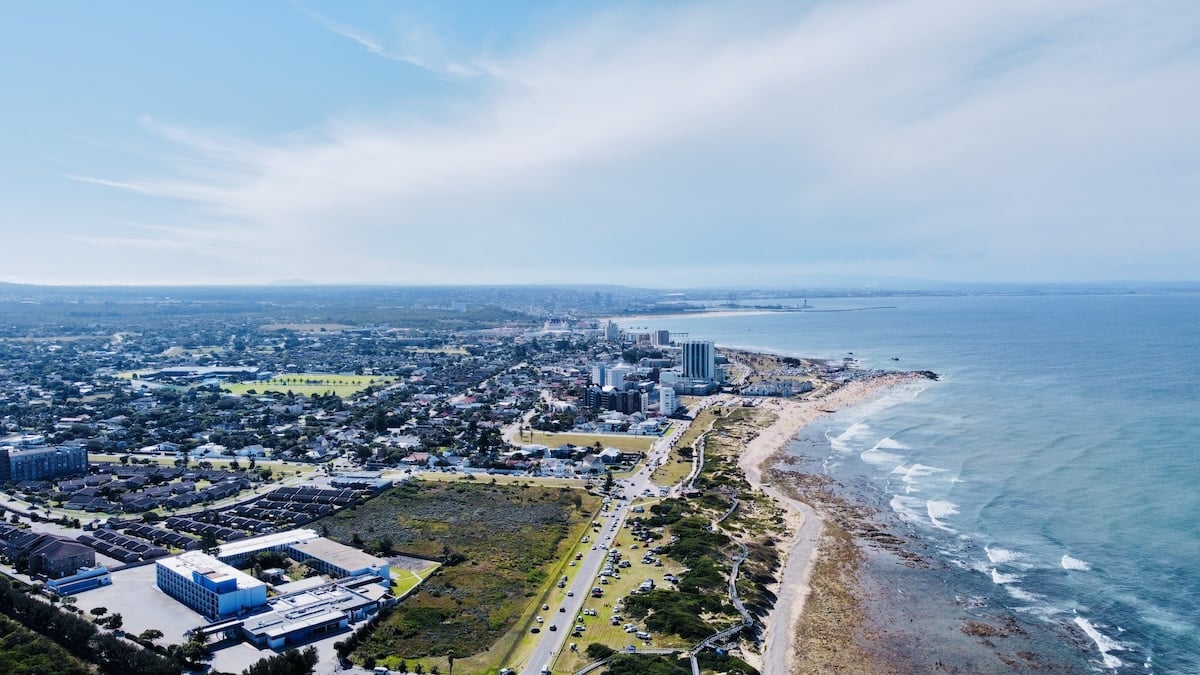The single largest cost for any South African provincial government is its own workforce. But this spending is not spread evenly across the country. A clear frontrunner has emerged in the race for the highest government wage bill, a distinction that highlights deeper issues of provincial capacity, service delivery challenges, and the immense financial weight of the public sector.
This spending disparity opens a window into the different fiscal realities and operational scales of the nine provinces, revealing where the state, as an employer, exerts its greatest financial presence.
The Eastern Cape Leads in Public Sector Wages
According to the analysis, the Eastern Cape spends more on its government employees than any other province. This means a larger portion of its provincial budget is dedicated to salaries, benefits, and wages for public servants than in economic powerhouses like Gauteng or KwaZulu-Natal.
This top ranking is a double-edged sword. On one hand, it signifies a massive state-funded employment engine in a province that struggles with high poverty and unemployment rates. These jobs provide crucial economic stability for thousands of families. On the other hand, it raises critical questions about the efficiency and output of this large workforce, especially against the backdrop of the province’s well-documented service delivery challenges.
The Budgetary Squeeze of a Large Wage Bill
When such a significant percentage of a province’s budget is consumed by employee compensation, it leaves less money for everything else. This creates a tight fiscal squeeze, limiting the funds available for critical capital projectslike building new schools and hospitals, maintaining roads, and upgrading infrastructure.
The high wage bill can crowd out spending on the very materials and resources those government employees need to do their jobs effectively. It’s a challenging cycle: a large workforce requires a large budget for salaries, which then leaves inadequate funds for the tools and projects that would make that workforce more productive and impactful.
A National Conversation on Public Service Efficiency
The Eastern Cape’s position at the top of this list is more than a statistical footnote; it fuels a vital national debate. It forces a conversation about the optimal size of the public service, the relationship between government spending and service delivery outcomes, and how to ensure that a large wage bill translates into tangible improvements in citizens’ lives.
For taxpayers across the country, this data prompts a fundamental question: are we getting value for the money spent on the public sector? The answer will determine whether having the highest government wage bill is a marker of necessary investment or a symptom of a system in need of reform.



























